Phones in 2019 are the best they’ve ever been. Powerful, beautiful, and capable of capturing the important moments our of our lives. A tool to connect us to the world around us making our friends halfway around the world feel like their just next door. We live in a time where we’re more connected than ever before and everything happens in an instant.
Despite living in this marvelous time, we still have issues with our devices. Yes, they’ve gotten so good that reviews mostly focus on what phones do wrong instead of what they do right as a way to differentiate them. After all, there is no perfect phone, right?
There’s no surprise answer here. Every phone has a flaw that could be considered a dealbreaker for each person and then there are phones that are tailored for specific subsets of the population. With this in mind, Razer set out to develop the perfect phone for their fans: gamers.
With 2017’s Razer Phone, the company released the first significant gaming phone since the Sony Xperia Play and gave a compelling option to those who use their phone as their primary entertainment device. The phone was headlined with massive front-firing speakers, a display that operated at 120hz which is a big deal for gaming, and a massive battery to keep you going all day.
While the phone didn’t really catch on with the general public, it was an important first step for one of the most influential gaming companies in the world. We all knew a new device was coming after Razer bought Nextbit, but now we were finally taking a look at Razer’s vision for the future of gaming devices that fit in your pocket.
The landscape has shifted since the original Razer phone was released. We now see more companies, including massive device makers like Xiaomi, releasing dedicated gaming phones with features that appeal to a more niche group of gamers. With its second offering, Razer looked to return to the top of the pile by refinements and improvements of a very successful formula.
Hardware and design
If I had to pick one word to describe the Razer Phone 2, it would be aggressive. While other companies like Samsung and Apple focus on rounded corners, rounded screens, and getting the smallest bezels they can, Razer went the opposite way and focused on function over form.
The Razer Phone 2 has a 5.7-inch, 120hz 1440p panel sandwiched between two speaker grills that remind us of the good old days where the HTC One M7 stunned us all. A single front-facing camera and proximity sensor sit inside the top speaker along with a ton of dust and lint that the speakers seem to attract like it’s their job.

The bezels around the display are not what I’d call small, but when you’re dealing with a phone with an aggressive design as this, it’s not a big deal. Those who are chasing high screen to body ratios probably wouldn’t be attracted to this phone anyway, so Razer chose not to worry about it. I respect the decision and hope more companies follow suit.
The sides of the phone are a bit of a throwback, just like those bezels. They’re completely flat, save for the two volume buttons and SIM card tray on the left side and the power/fingerprint scanner combo button on the right. They’re matte black, aluminum and damn near perfect. I know that some have complained about them being slippery, but the fact that they’re flat means the phone is extremely easy to hold onto. I never once had an issue with this phone slipping out of my hand.
What is slippery, however, is the glass back of this device. Adorned with only a dual camera setup and a LED Razer log, the black shiny glass looks absolutely fantastic when it’s free of fingerprints. Unfortunately, the phone does collect fingerprints as bad as anything else on the market but I’m willing to clean them off often because of how beautiful it looks when it’s clean. Hopefully, companies start following the trend of OnePlus and Huawei to treat the back glass to avoid these fingerprint issues in the future.
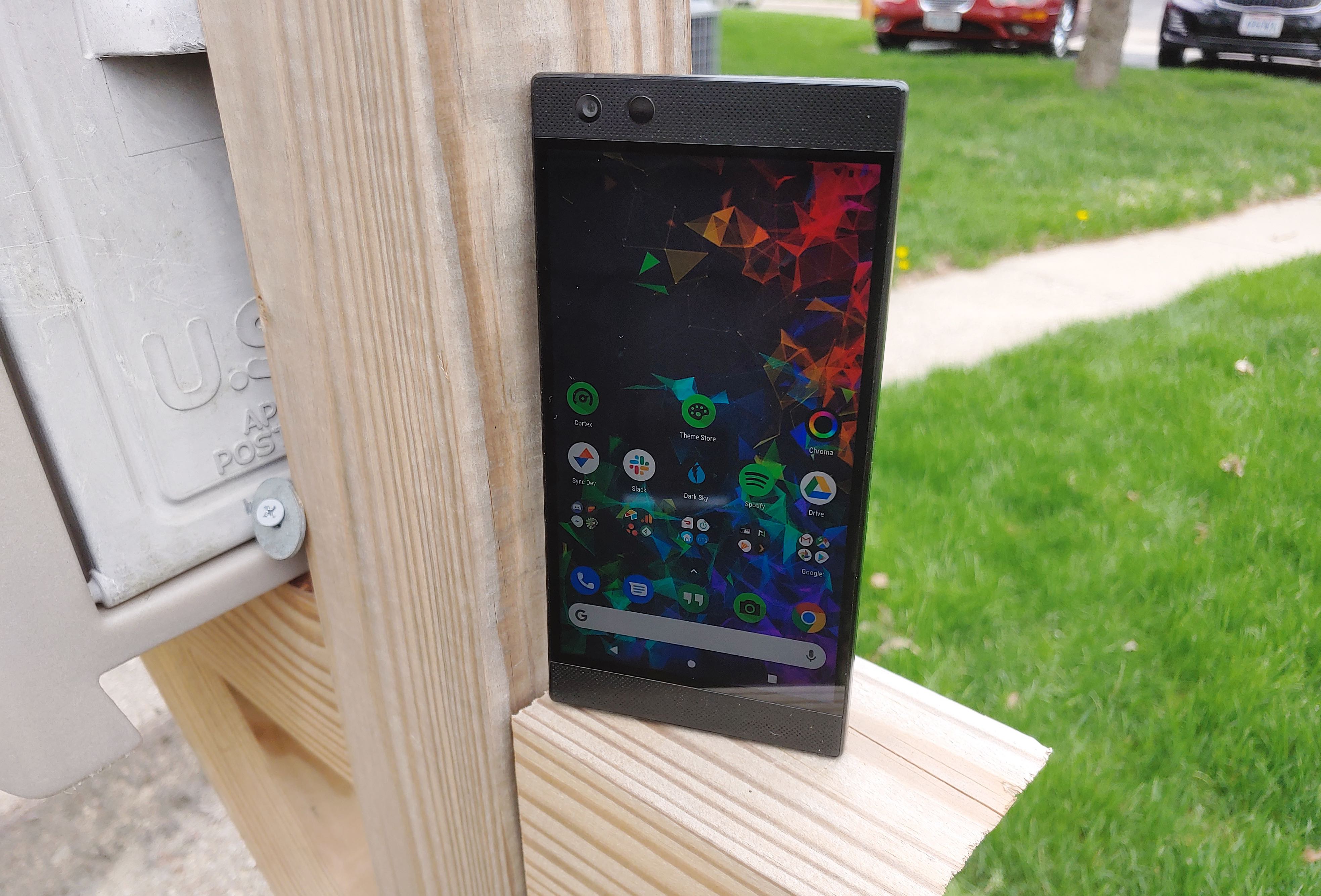
The sharp corners and big bezels just scream power to me. There’s no time to screw around with shaving a few millimeters here and rounding a corner there. The phone says we’re here to game, power through tasks, and enjoy our lives in the process. Sure, they can dig into your hand a little bit when you’re gaming, but it was never really an issue for me. My only real issue with the hardware on the Razer Phone 2 is the lack of a headphone jack. Razer does include a nice dongle in the box and sells class-leading USB headphones in the Hammerhead earbuds, but nothing is really a replacement for a universal port that’s been around for over a hundred years.
Display
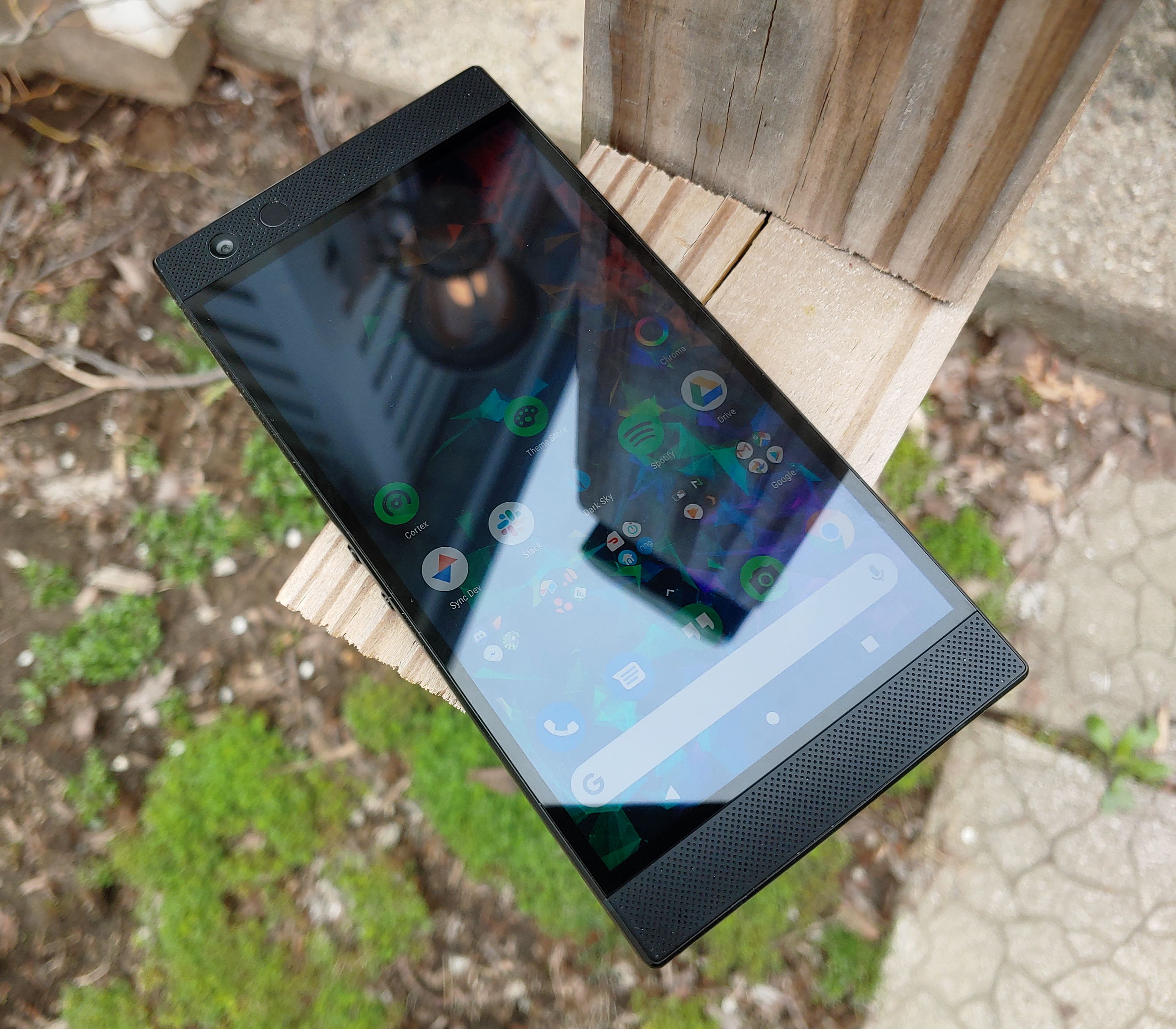
The display on the Razer Phone 1 was a mixed bag. While the phone received high marks for the 120hz display, it was panned for low peak brightness and washed out colors due to using LCD instead of AMOLED. To be clear, there are no consumer 120hz OLED displays available right now so Razer had to go with LCD instead of AMOLED to achieve this effect.
They’re back again with another LCD display this year that (mostly) fixes the peak brightness issue and retains the buttery smooth 120hz refresh rate. When you consider Razer’s core goal of building the best gaming phone on the market, you quickly agree that this was the right call. Gaming at higher refresh rates just feels better. And even though not every game supports higher refresh rates, the list is growing as Razer works with more companies to update games to take advantage of the display.
Max peak brightness is still not where it should be, but it’s better. I don’t feel comfortable using this in direct sunlight, but overcast days yield usable results. Colors also seem to pop a little bit more than they did last year, though it’s not what I would call a significant change.
I can’t overstate enough how important that 120hz refresh is. There are no videos or demos we can show you to really impress upon you the difference it makes due to how refresh rates work, you just have to see it in person. If Android gaming matters to you, this is the display you want.
Battery
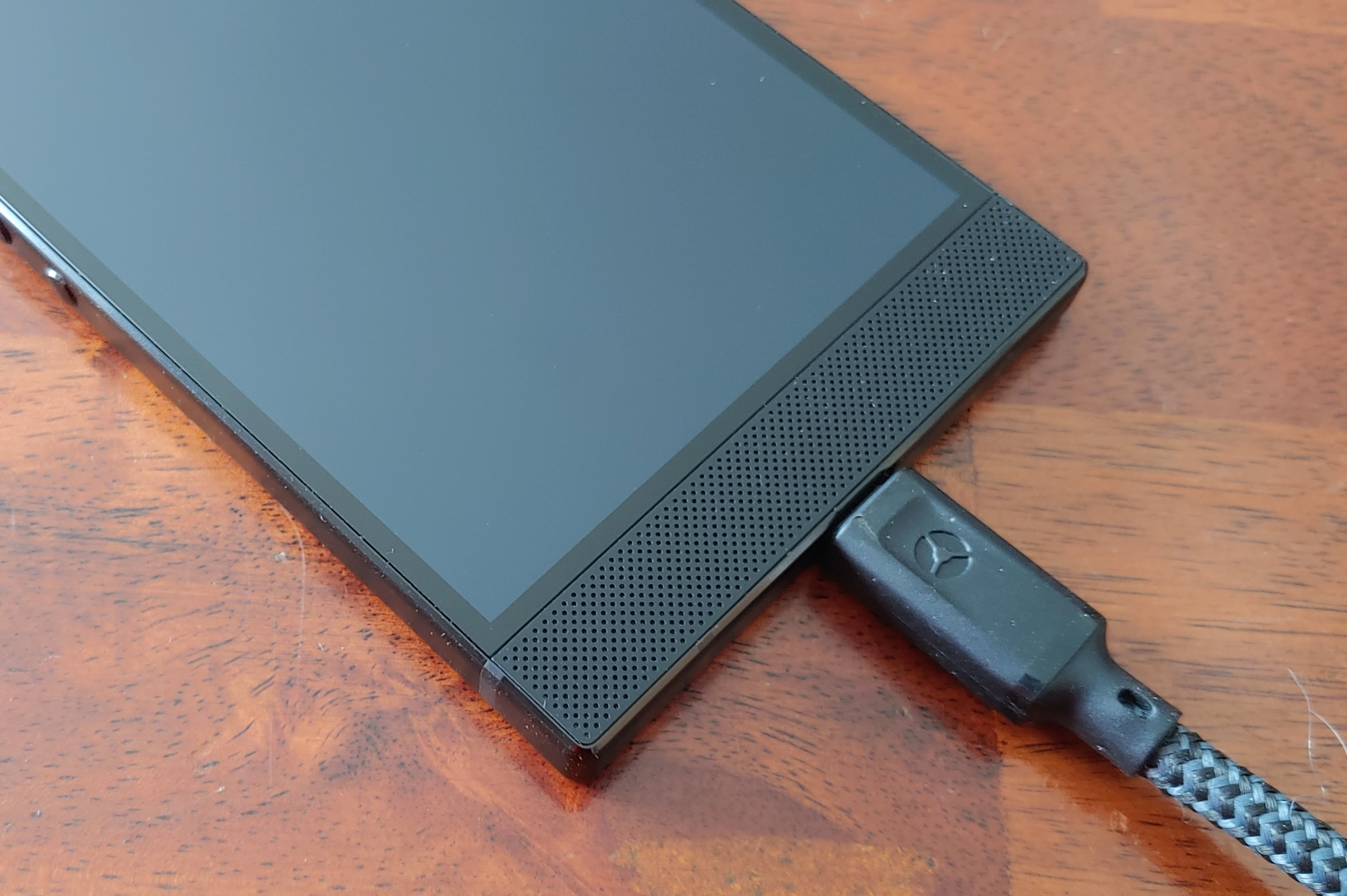
The past two years have been a quiet battery revolution, in my opinion. Back in late 2016 and early 2017, we were still dealing with phones that couldn’t make it through the day without topping off at some point. And sure, there are still phones here and there that struggle, but the vast majority of flagships have gigantic batteries now. The Razer Phone 2 has a 4,000 mAh battery, on par with other flagships like the Samsung Galaxy Note 9 and close to the Huawei Mate 20 Pro’s 4,200 mAh.
While big numbers are always a good indication of battery life, there are the rare examples of poor battery life with large power packs. The Razer Phone 2 is not one of these exceptions to the rule.
I routinely got through the day with 30-40% of my battery remaining even after moderate use. With heavy use, I normally dropped another 10 to 15%, but I always felt confident that the phone would last until my head hit the pillow. Pushing the phone with demanding games for multiple hours dropped battery faster than normal of course, but that’s to be expected. Despite this usage, there was only one day during my review period when I felt compelled to charge up before bed time.
When I did charge, it was almost exclusively with a wireless charger. Thanks to the new glass back, the Razer Phone 2 now has multiple ways to charge. You don’t need to pick up the first-party charger from Razer, but you might want to since the coil in the phone is rather low and can cause problems with third-party chargers. Plus it has software-controlled RBG LEDs and LEDs are cool.
If wired charging is your thing, you’re set there too. With Quick Charge 4.0 on board, the battery charges from 0 to 40% in 30 minutes during our testing. I had multiple days where I used the phone, didn’t charge it at night then just topped it off while I was getting ready in the morning. That quick 30 minute charge got me enough battery to get through an entire day of web browsing, messaging, and taking a few pictures here and there.
Overall, the battery life here is top notch. Not only do you get excellent daily battery life, but you have multiple charging options, all of them good. Wireless charging is such a nice feature that I genuinely miss it when I’m using a phone that lacks it. Razer absolutely knocked it out of the park here.
Cameras
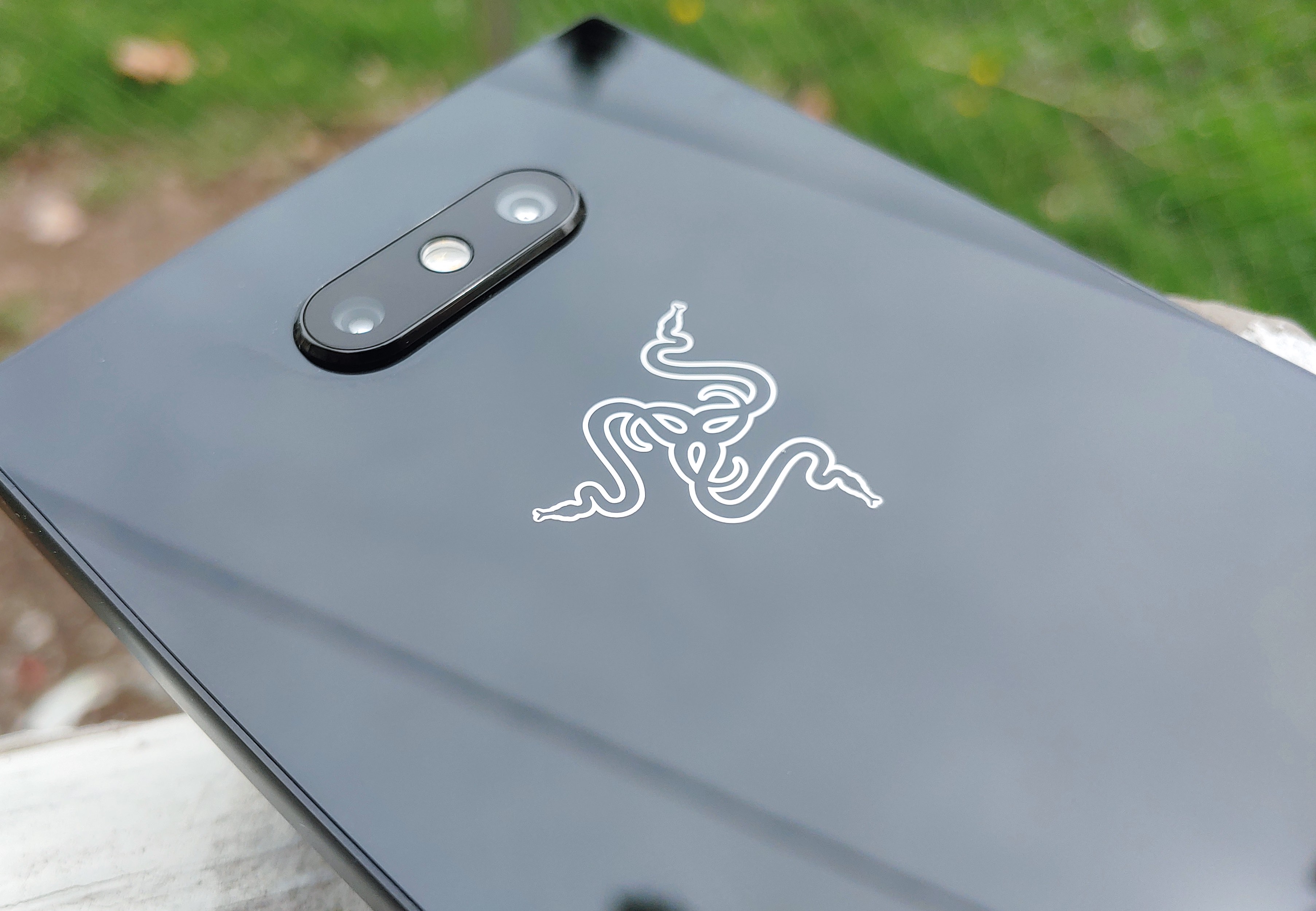
Easily the most panned aspect of the original Razer Phone was the camera. With pictures that looked bad even on social media, the gaming company showed that while their initial phone offering was respectable, it still had a lot to learn. With the Razer Phone 2, Razer has proven that it listens to its community and put a huge focus on camera improvements.
The rear-mounted module contains a dual lens setup with a 12 MP f/1.8 lens that is optically stabilized and a 12 MP f/2.6 lens that enables the camera to have up to a 2x optical zoom. On the front, we have a single 8 MP f/2.0 lens capable of recording 1080p video at 30 or 60 frames-per-second. Those rear cameras can record up to 4K at 60 FPS or 1080p at 120fps.
Let’s just get this out of the way now, the cameras here are not class leading. In fact, I wouldn’t even describe them as good in the current crop of similarly priced phones. They’re fine. They’re average. But coming from where Razer was at 18 months ago, that’s a damn good job to get here. I wouldn’t shy anyone away from this phone unless they were a serious photographer, and let’s be honest, they probably already have a mirrorless or DSLR camera ready to go if they are.
My biggest takeaway from my time with the Razer Phone 2 is that photos just seem to be darker than on competitors. This is both a blessing and curse as it’s able to pull some more detail out of lower-light situations and doesn’t blow up bright areas like the sky or backlights to the point of ruining pictures, but they are just darker. I think that these pictures are great for social media and sharing with your friends, but if you want top of the line photography from your pocket computer, look elsewhere.
I also don’t love the camera application. It’s simple and to the point without a ton of clutter. There are portrait modes for both front and rear cameras and a beauty mode that can produce some interesting results, but there’s a real lack of powerful options here. Pro mode simply isn’t here and that’s a real shame as to get the best pictures out of this phone, you probably do need to do some tinkering. Also, I would’ve liked to have seen a low-light mode like we’ve seen recently in offerings from Google, Samsung, and Huawei.
Pictures taken here just aren’t inpsiring. Portrait mode really does suffer from bad computational photography, especially the selfie camera. It’ll get the job done and look fine on Instagram, but once you zoom in, you see some real issues.
Razer has come a long way to make the camera respectable and pushed out several updates. With as far as they’ve come in a short amount of time and the commitment it has shown through multiple updates, I have no doubt in my mind that the camera will improve over time. If it isn’t great now, I think it will be at some point, you just have to ask yourself if you’re willing to wait.
Software
The software on the Razer Phone 2 can best be described as what you get when you do a focus group with Android enthusiasts and actually listen. Except for three additional apps, the software is pure Android 9.0 Pie along with Nova Launcher Prime. It’s like using a Nexus again.
Since the phone is marketed to gamers, there are some simple additions that make a ton of sense. The three added apps are a theme store, Cortex, and Chroma. The theme store is pretty standard and we don’t really need to dive into it much, but the fun starts with the Cortex and Chroma apps.
Cortex is where you want to go to tweak how your phone deals with games. There’s a storefront with Razer’s curated selection of games as well as a library tab that shows you all the games on your system. You do have to add these manually and it would be nice if the app did it itself, but nothing is ever perfect, I suppose.
Heading into the last tab, Game Booster, is where the real fun starts. You have the option to choose between three different modes, Custom, Power Save, and Performance. These modes affect how hard the processor is able to be pushed in intense tasks. The custom setting brings up a list of your games and lets you set settings in an app by app case. Do you want Alto’s Odyssey to only display in 720p or change the frame rate from 90 to 120? You can do that. This is an excellent feature that all phone manufacturers should add in their software.
The last added app is Chroma. This controls the RBG LED Razer logo on the rear of the device and any other first party phone accessories that have LEDs, like the charging dock. You can set any color you like using either the color wheel or hex number as well as set lighting modes like breathing, spectrum, static, and wave. Turning on RGB lighting wil sap your battery power but… why have this thing if you’re not going for the cool factor, right? I leave it on and suffer the consequences. With a battery this large, you can afford to be a little bit indulgent.
The last major addition to the software is Nova Launcher Prime. The most popular third-party launcher is now baked into the system of the Razer Phone 2 and I love it. There’s a large segment of Android users that immediately install the launcher when they get a new phone and it’s easy to see why. Nova is stable and feature-rich and frankly better than most first-party launchers out there. Razer made a great move by letting Nova do the heavy lifting here and focusing on other areas of the software.
While this is a mostly unmolested version of Android, it is a bit concerning how long it took Razer to update the phone. I understand that there is testing and compatibility that needs to be run through the ringer before an update is pushed, but I look to the Essential Phone and it makes me wonder what Razer is doing. Android 9 Pie was announced in March of 2018 with the first public beta coming right after. The full release hit Essential and Pixel devices in August but the Razer Phone 2 didn’t receive the update until February of 2019. I’m left to wonder why. I hope that Razer steps up their game in the future and pushes updates much closer to the software’s wide release.
Conclusion
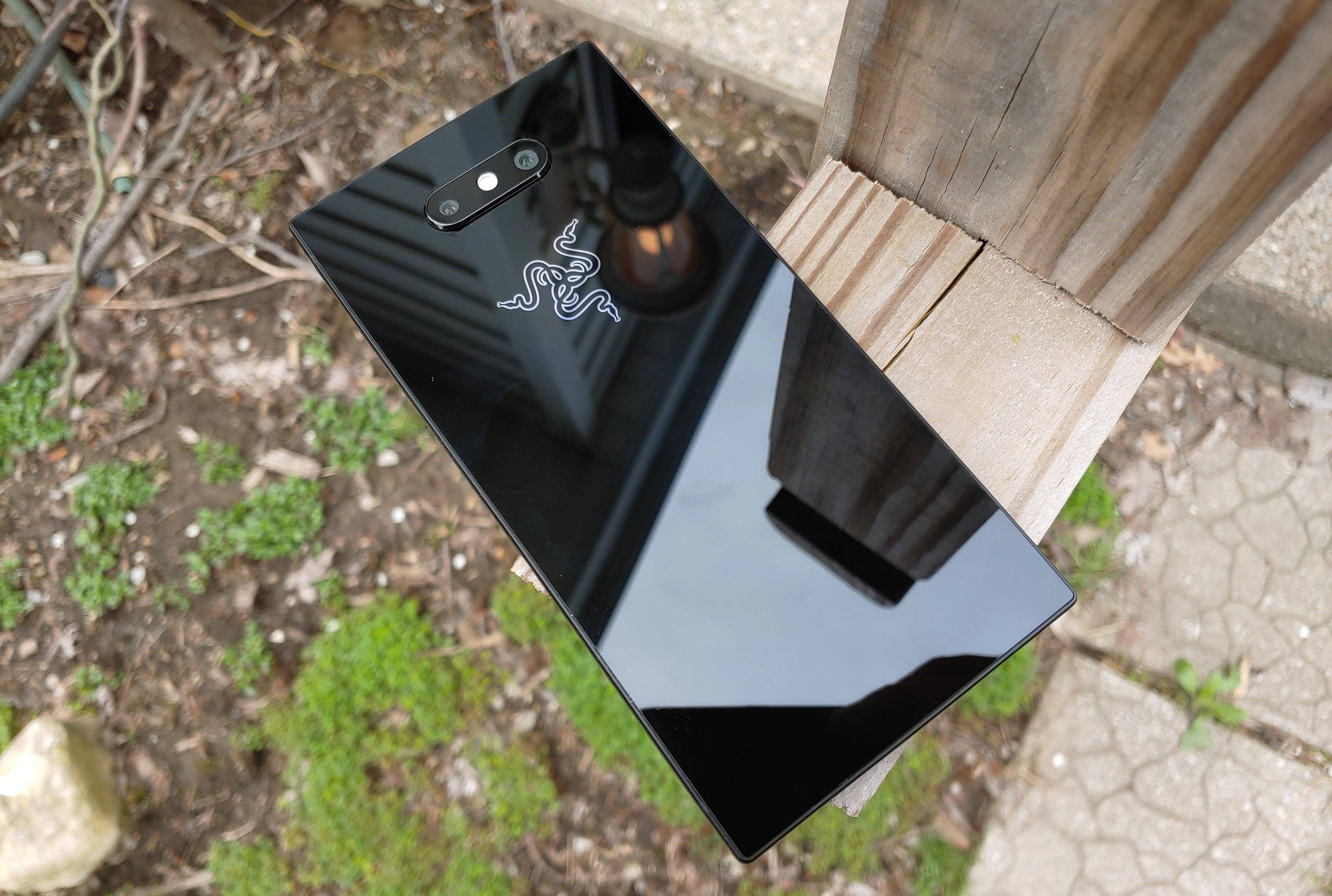
There aren’t any perfect phones on the market. I don’t think anyone will argue that point with you but if you’re looking for something that truly focuses on gaming while doing the other day-to-day tasks well, then the list should with the Razer Phone 2. This isn’t just a “gaming phone” because gaming phones don’t really exist, much like gaming PCs are just more powerful PCs. This has much of the same hardware as any other flagship on the market right now, save for the newer 2019 flagships like the Samsung Galaxy S10+.
No, what sets the Razer Phone 2 apart are its aesthetics, software, and a rather creative heat dissipation system. The Razer Phone 2 is bold and aggressive, it makes a statement every time you pull it out of your pocket. It doesn’t focus on smooth curves, disappearing bezels, and notches. It’s got clean lines, loud colors, and the biggest speakers on the market. If you’re comfortable with the statement it says, this is for you.
And if you’re looking for a clean build of Android, this is for you too. Coming from a Pixel 3 XL and OnePlus 6T over the past few months, I was very pleased with the software experience here. Stock Android is fantastic and only surpassed by skins like Oxygen who stick close to it while adding some features. With the reduced price of the Razer Phone 2, it’s now far cheaper than a Pixel device and you’re getting much of the same software experience. It isn’t 1:1 and you’re still going to have to wait longer for software updates, but you might be okay with that in exchange for a few hundred dollars remaining in your pocket.
I said above that the hardware inside the Razer Phone 2 is pretty close to that of other 2018 flagships and that’s mostly true. The heat pipe inside the device is the biggest change here. While others do have heat pipes and heat disappation systems in their devices, nothing quite compares with Razer’s. I’d encourage you to watch this tear down of the phone to really see what Razer has done here. It works great in day to day use and I think it’s the difference in keeping the performance steady during demanding tasks. I say “I think” because it’s impossible to test without it, but I have faith in Razer here.
All-in-all, I loved my time with the Razer Phone 2 and I’ll be sad to send the device off to its next destination. If you’re looking for a fantastic everyday performer with one of the best media experiences around, start your search here.
At the time of writing, the Razer Phone 2 is currently on sale for just $499, down from it’s normal $800 price tag. Razer also just announced a brand new color, Satin Black. You can grab the Razer Phone 2 from Razer’s website, Amazon, and Best Buy. The Satin Black version is exclusive to Razer’s web store.

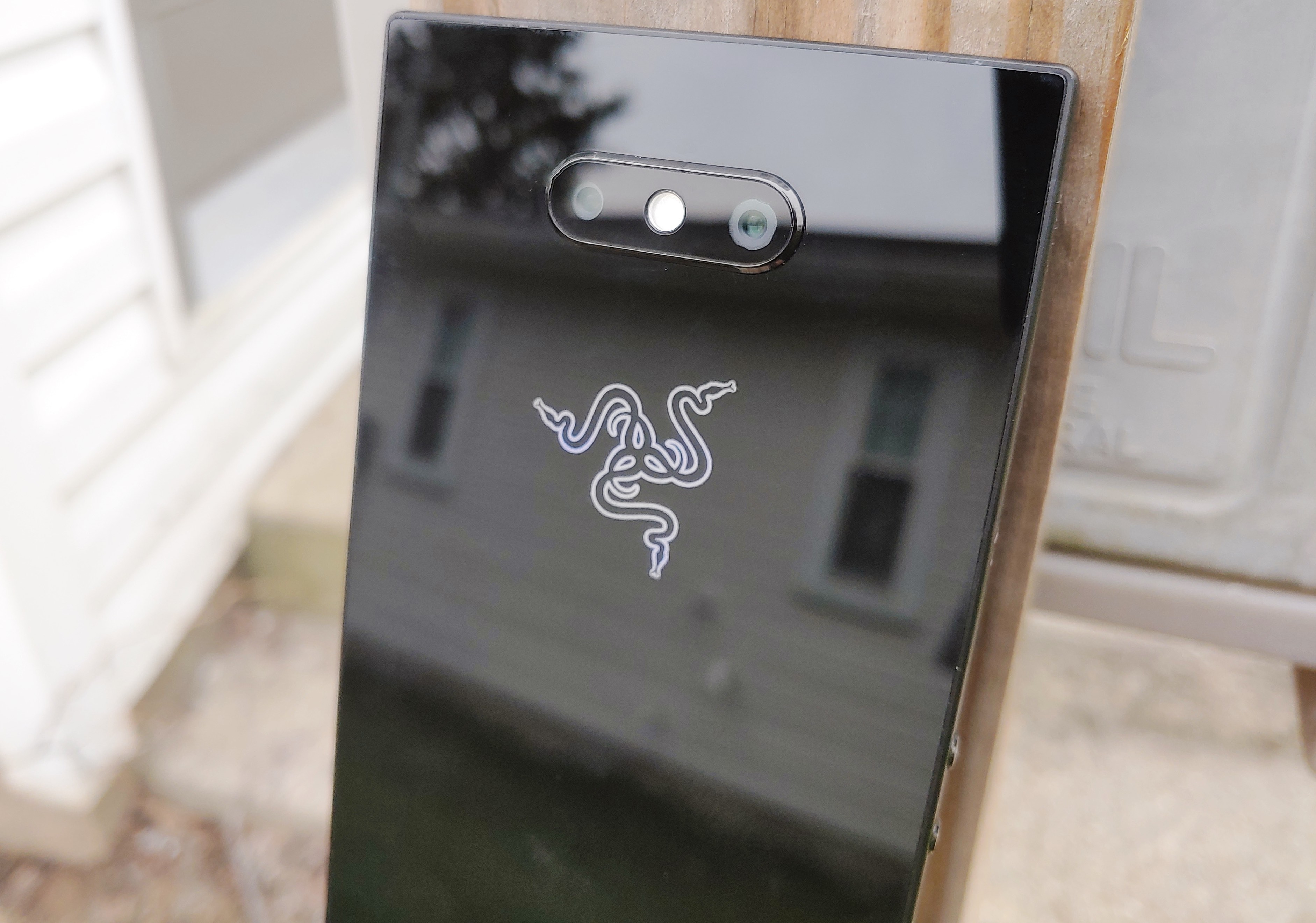

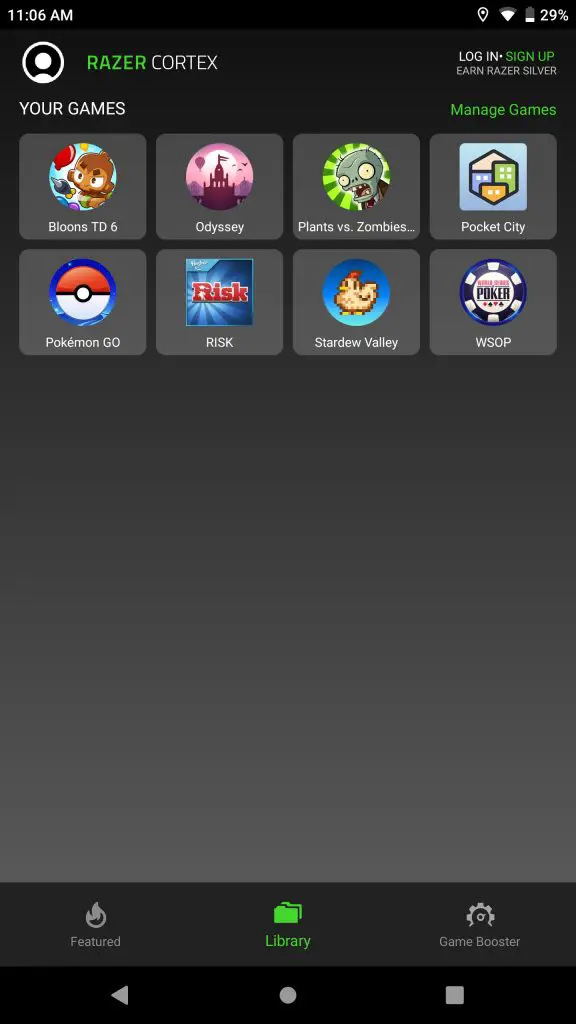

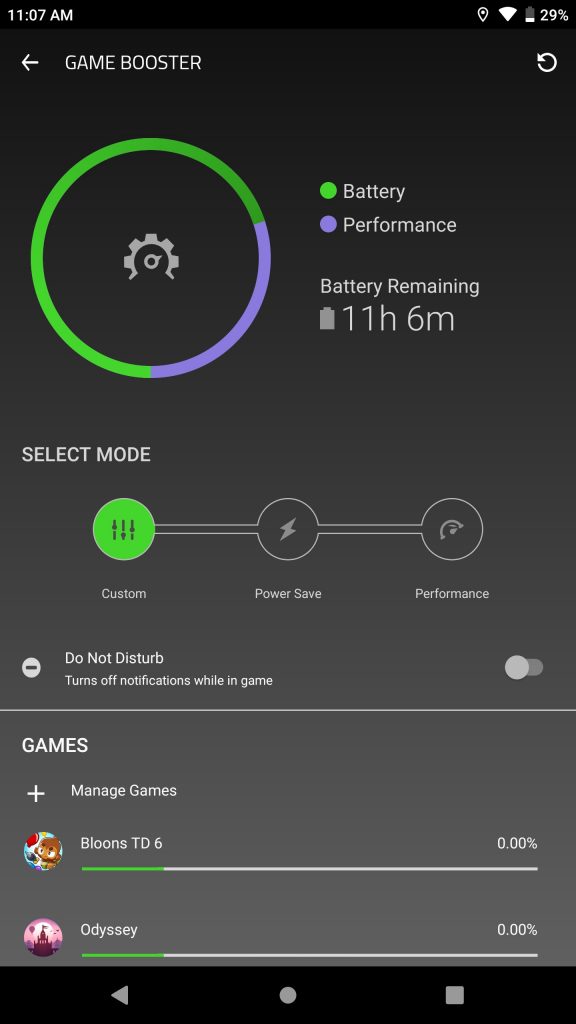
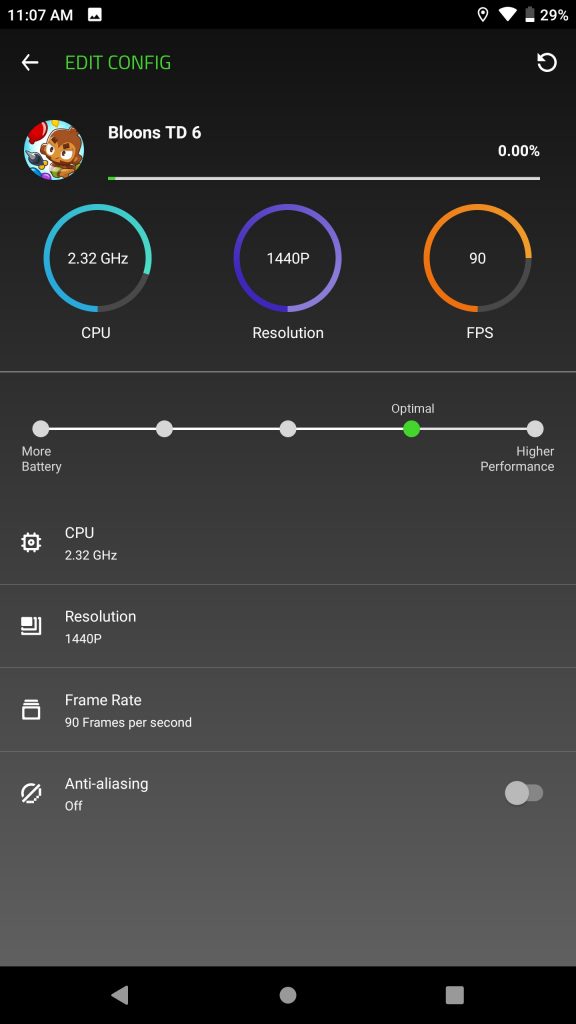
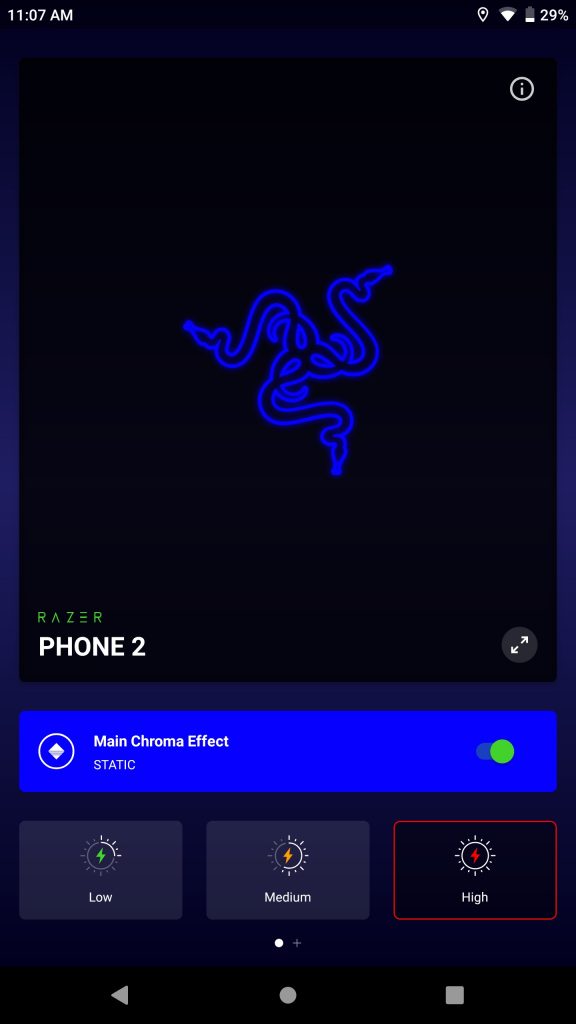
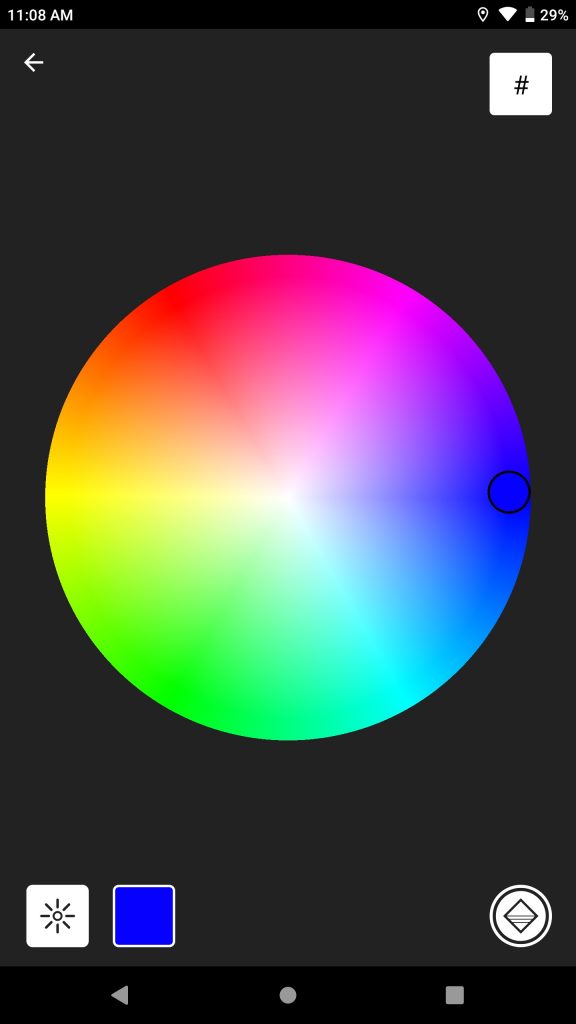

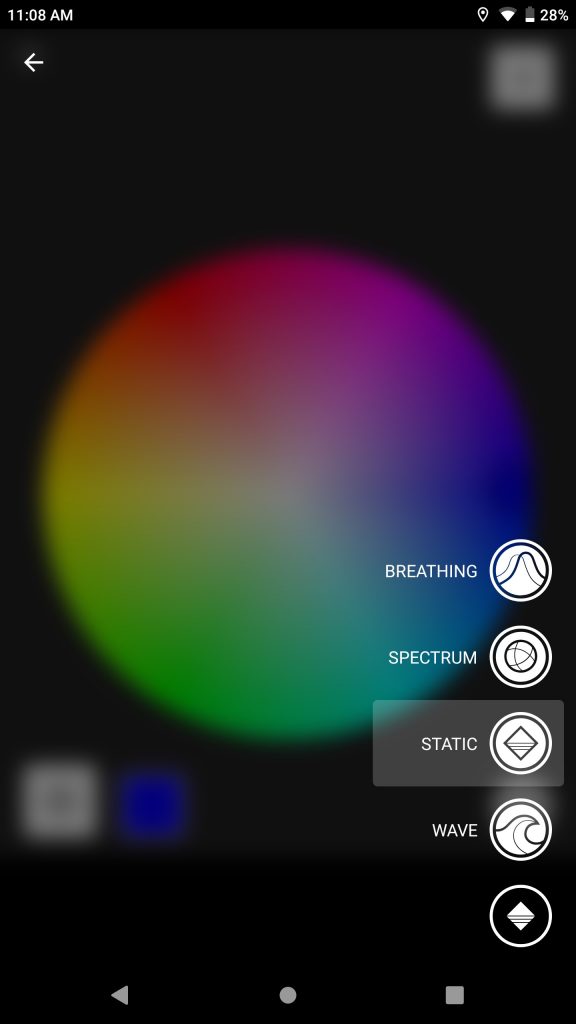
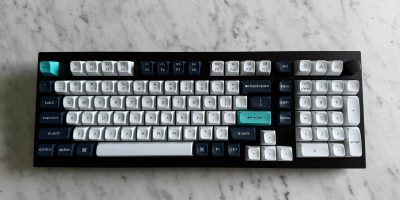
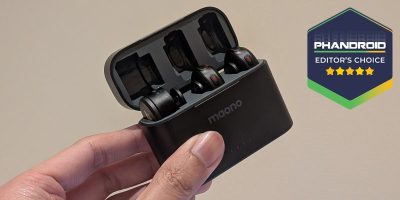







Comments